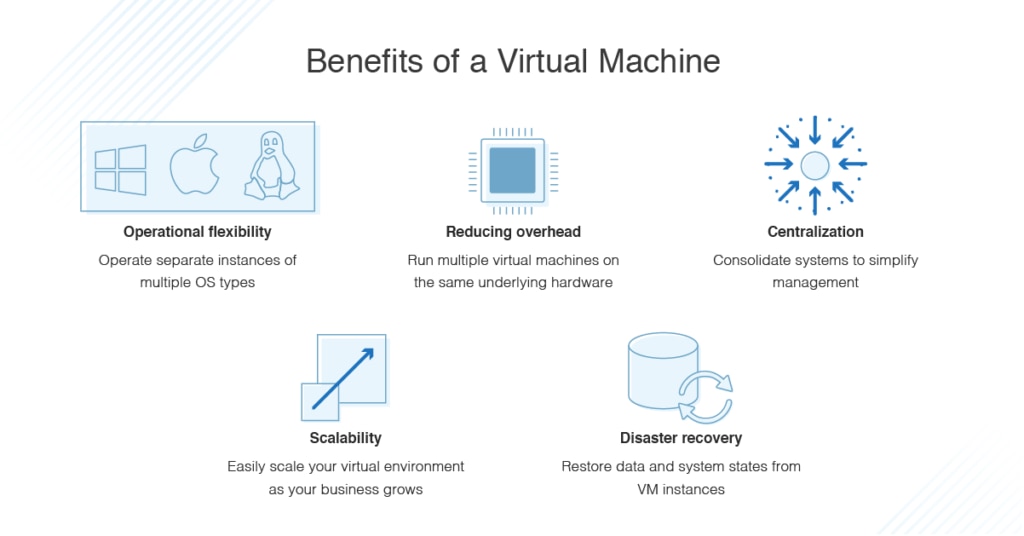

Parallels DesktopĮxpensive, particularly compared to free appsĪ good range of operating systems included Read on about each of them in more detail now. In this article, we’ll get you acquainted with the top three virtualization tools for Mac: Want to try it out for yourself? Download MacKeeper today. MacKeeper will close unneeded background processes, giving you back some precious RAM. Open MacKeeper, and choose Memory Cleaner.The easiest way to do that is to run MacKeeper’s Memory Cleaner: For that reason, you need to keep as much RAM free as possible. When you create and run virtual machines, they borrow resources, such as RAM and processing power, from the host machine-your Mac. Check out our list of the best virtualization software for Mac to find out who they’re and which one is right for you. If you’re interested in doing this on your Apple system, you have plenty of choice, but there are a few main players. Virtual machines can be deleted instantly, just like any other kind of file on your Mac. This is great if you want to use programs that available for macOS or if you just want to try a different OS.Īll this happens without touching the main operating system. For example, you could set up a virtual machine on your MacBook Pro, install Windows on it, and then run Window apps. That means you install a different operating system and apps to the host computer. This is a type of app that lets you create virtual computers, which you can then use like real physical systems. That’s just one of the many ways you can use virtualization software, also known as hypervisor software.


When is a PC not a PC? When it’s a virtual machine running on a Mac.


 0 kommentar(er)
0 kommentar(er)
